How to fix water spots on wood flooring?
How to fix water spots on wood flooring?
You want to know how to fix water spots on wood flooring?
Wood floors are known for their timeless elegance, warmth, and durability. But even the most carefully maintained hardwood or engineered floors can develop unsightly marks—especially water spots. Whether from spills, pet accidents, potted plants, or condensation from a cold drink, water stains can disrupt the smooth beauty of your flooring.
Many homeowners ask: How to fix water spots on wood flooring? In this guide, we’ll cover what causes these marks, how to identify them, and the best solutions to remove or minimize them without causing further damage.
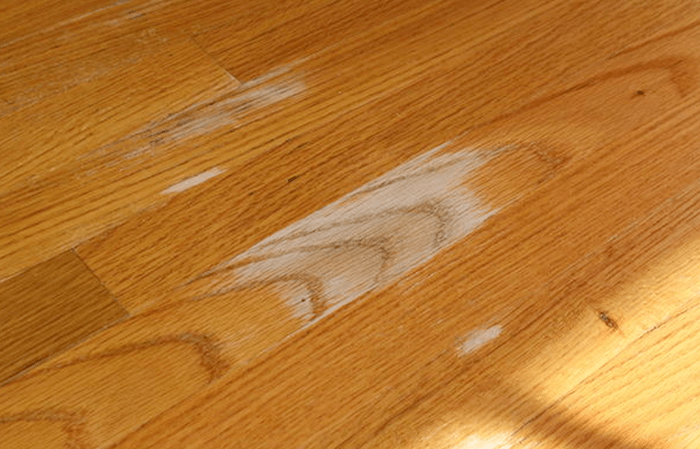
Understanding Water Spots on Wood Flooring
Before you tackle the problem, it’s important to understand what you’re dealing with. Not all water stains are the same, and the right solution depends on the type of spot.
- White water spots – Caused when moisture penetrates only the floor’s finish but not the wood itself. These often appear cloudy or milky and may be removable without sanding.
- Dark water spots – Occur when water penetrates through the finish and into the wood fibers. These stains are usually more serious, requiring deeper cleaning or refinishing.
Knowing which type you have is the first step in deciding how to fix water spots on wood flooring effectively.
What Causes Water Spots?
There are many potential culprits for water spots:
- Spills left uncleaned for too long
- Pet urine accidents
- Overwatering plants in pots without trays
- Leaky appliances or windows
- High indoor humidity without proper ventilation
Wood is porous, so even small amounts of moisture can cause visible marks if left unchecked. The sooner you address the spot, the better your chances of restoring the floor.
How to Fix Water Spots on Wood Flooring – Step-by-Step for White Spots
If you notice a cloudy white mark, the damage is likely limited to the finish. Here’s how to fix it:
-
Dry the Area Completely
Use a dry microfiber cloth to remove any surface moisture. -
Apply Heat
Place a soft cloth over the spot and use a clothes iron on low heat for a few seconds. The heat helps evaporate trapped moisture within the finish.
Pro Tip: Keep the iron moving to avoid scorching. -
Rub with Baking Soda or Toothpaste
For stubborn white spots, gently rub with non-gel toothpaste or a paste made from baking soda and water. Use a soft cloth and light pressure. -
Polish the Finish
Apply a small amount of wood floor polish or mineral oil to restore shine.
By following these steps, you can often remove white water spots without sanding.
How to Fix Water Spots on Wood Flooring – Step-by-Step for Dark Spots
Dark water spots are more stubborn, as the moisture has penetrated into the wood fibers. Here’s how to approach them:
- Light Sanding
Use fine-grit sandpaper (220 grit) to gently remove the damaged finish. Be careful to blend the area with the surrounding floor -
Apply a Wood Bleach
Oxalic acid-based wood bleach is effective for removing dark water stains. Follow the manufacturer’s safety instructions carefully. -
Neutralize and Dry
After bleaching, neutralize the area with a mixture of baking soda and water, then dry completely. -
Refinish the Area
Apply matching wood stain and seal with polyurethane to protect the repaired spot.
Dark spots require more work, but with patience, you can restore the wood’s natural look.
Preventing Future Water Spots
Knowing how to fix water spots on wood flooring is important, but preventing them is even better. Here’s how:
- Wipe spills immediately
- Use coasters and mats under drinks and plants
- Maintain indoor humidity between 35–55%
- Check for plumbing or appliance leaks regularly
- Place protective rugs in high-moisture areas like entryways
When to Call a Professional
If the stain covers a large area, if you’re unsure about sanding, or if your floor has a delicate finish, the Professionals at Gerber Hardwood Flooring can help. We can assess the damage, match the color precisely, and refinish the area so it looks like the damage never happened. Reach out here.
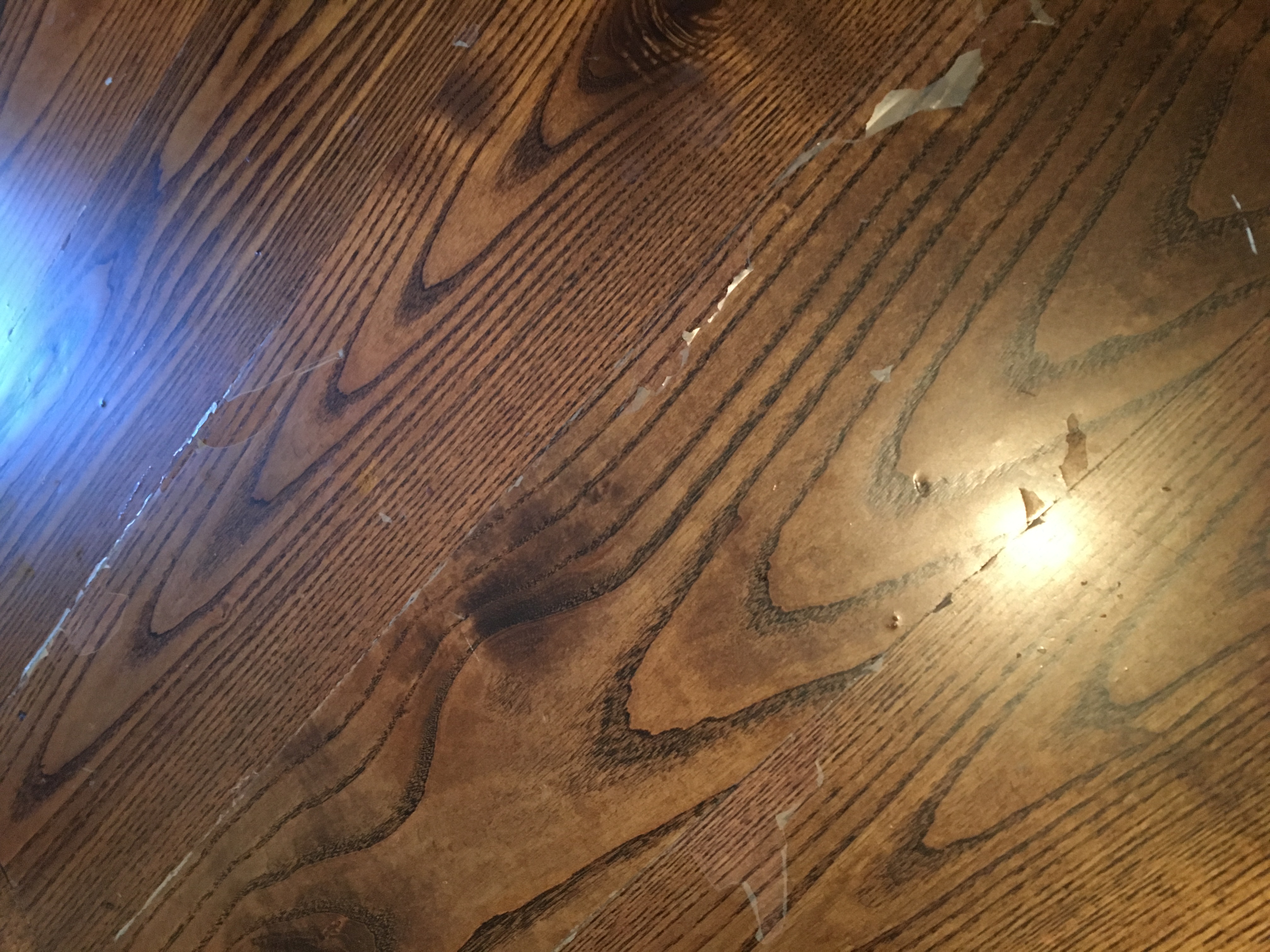

Final Thoughts: How to Fix Water Spots on Wood Flooring
So, how to fix water spots on wood flooring? It depends on the severity of the damage. White spots can often be removed with gentle heat, polishing, or household items like toothpaste and baking soda. Dark spots require sanding, bleaching, and refinishing.
Acting quickly is the key to minimizing damage, and prevention is the best long-term strategy. With proper care, your wood floors can remain beautiful and spot-free for decades.
Your Key Takeaways:
Return to Home Page
Return to the top of the How to fix water spots on wood flooring? page.
Visit our Instagram


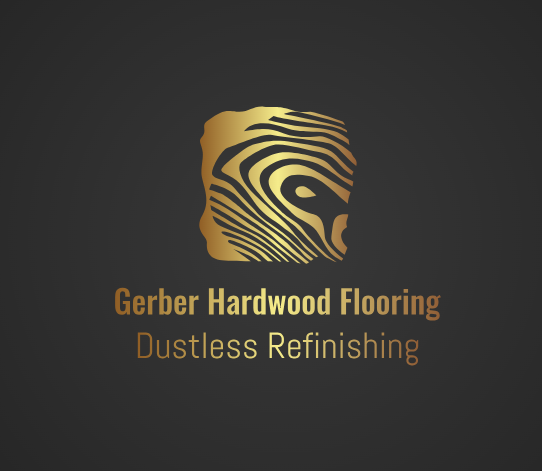







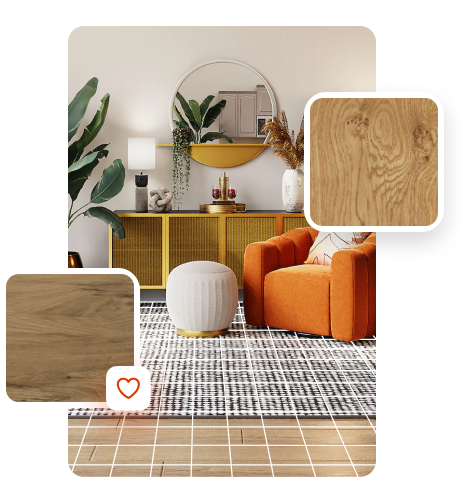

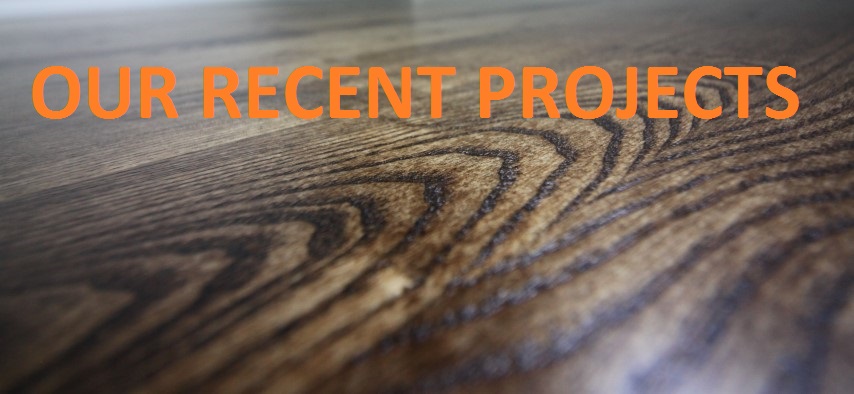





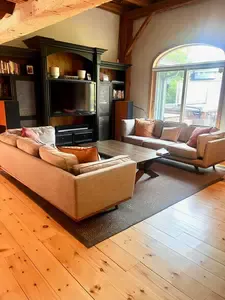







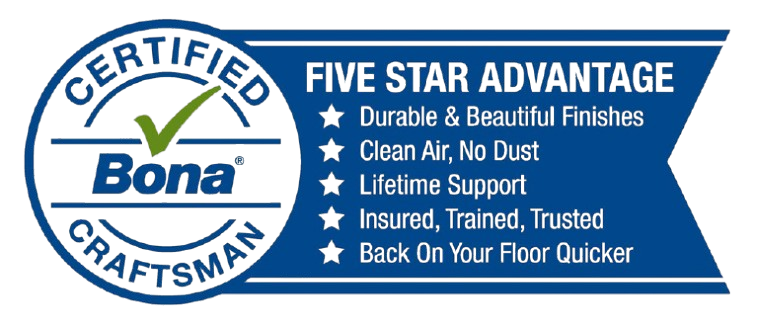



New! Comments
Have your say about what you just read! Leave me a comment in the box below.